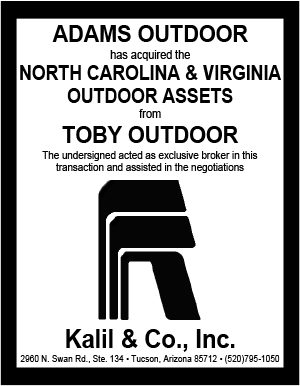
Yesterday, Intersection CMO Esther Raphael talked about how Intersection uses content to complement advertising in New York City. Today, she talks about the importance of personalizing ads and content to provide relevant info to consumers.
You experienced out of home personalization on a recent trip to Las Vegas?
My husband and I were recently in Las Vegas on vacation and were looking for a specific store— we always go to the same store, but wanted to try something new. We ventured out to a new store, but it was uninviting and not what we were looking for. As we were leaving, I looked up and saw an out-of-home ad advertising a “new store on this street,” and that we should make a right, so I said “let’s do it.” The next OOH sign said to make a left! This is such a great example of a super simple but clever way OOH can be used— you know where your consumers are, and where you want them to go. It was one of those moments where I thought, “this is how it actually works right. That’s how you should think about OOH.” Don’t just slap your ad up. Think about what that consumer is looking for when they’re in that moment.
Was it a static or digital screen which ran the ads?
It was static…I think that they thought very smartly about their creative.

What’s invasive advertising?
Personalization doesn’t have to be invasive. An invasive ad is when I’m on my computer and I Google sneakers and later, my Instagram feed is interrupted with sneaker ads. That is annoying because I feel I’m being followed. 78% of consumers are annoyed by those ads that interrupt their viewing or listening or reading. We have all the privacy laws tightening right now, and that’s going to make digital targeting more challenging.
How can an out of home company keep from being invasive?
The definition of personalization 2.0 for us really explains it— public spaces provide opportunity for personalization that feels CLEVER, instead of invasive. As a consumer, it’s less “big brother watching” and more “wow, this really speaks to me.” Personalization should take a literal, contextual approach in public space, using the pairing of audience + location. The beauty of advertising in public spaces is that you know where your audience is, and can make predictions about their mindset. Creative tools like audience targeting, AI, AR, and dynamic messaging add additional personalization and context.
To receive a free morning newsletter with each day’s Billboard insider articles email info@billboardinsider.com with the word “Subscribe” in the title. Our newsletter is free and we don’t sell our subscriber list.
Paid Advertisement

















